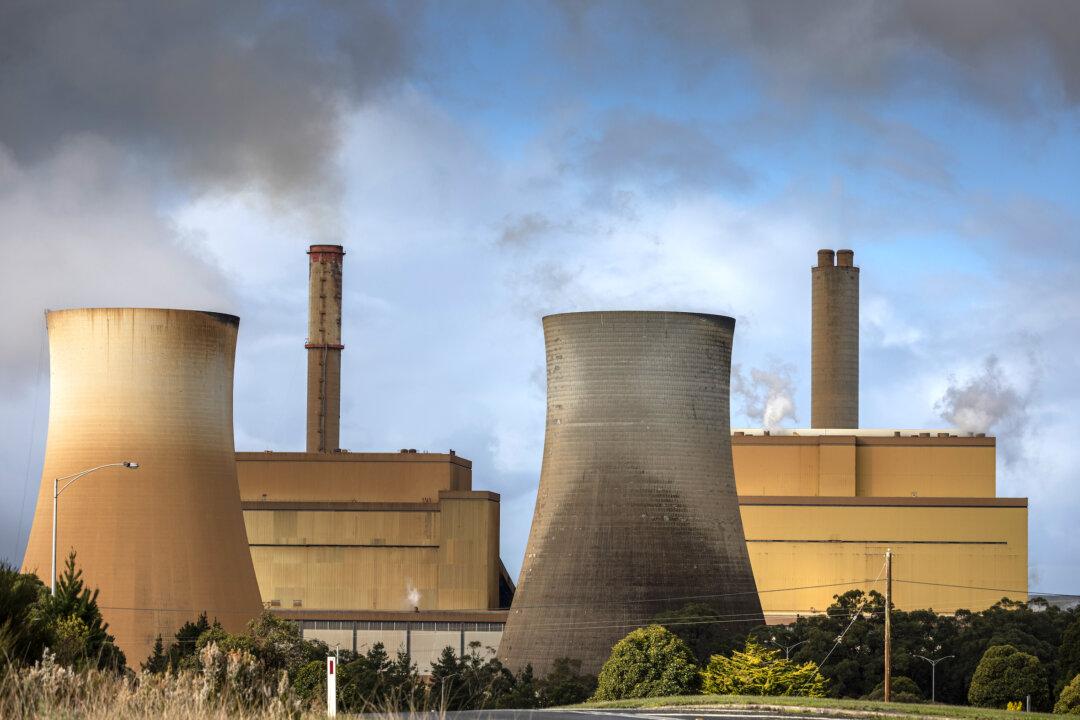Australia will close down all coal-fired power stations by 2038 at the latest, with an even faster transition to be expected in the next decade.
The Australian Energy Market Operator (AEMO) released a 2024 draft roadmap (pdf) that provides an overview of Australia’s energy transition for the next 20 years and beyond.





